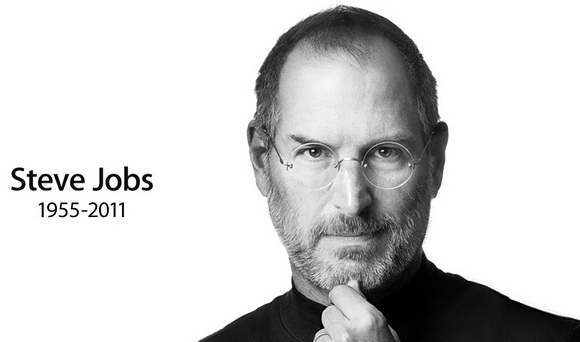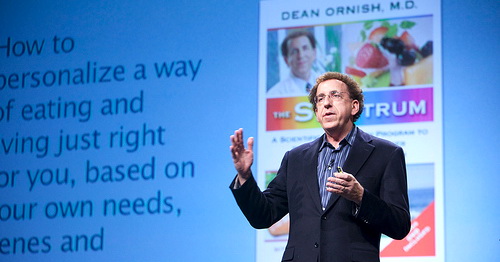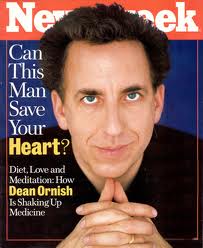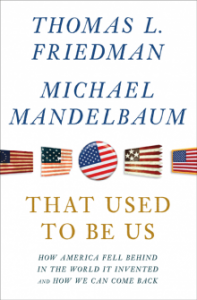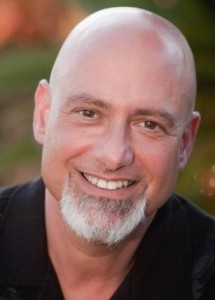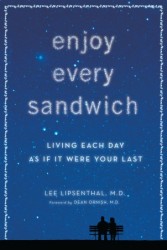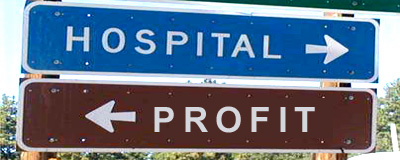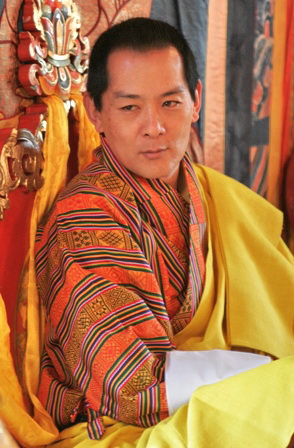I’m speaking at the American Board of Integrative Holistic Medicine’s Educational Conference today at 2:00 PM, but have been listening intently to the various presenters — my fellow board members, throughout the event. All of these folks are MD’s who embrace holistic (body, mind and spirit) and integrative (the world’s greatest) treatment modalities for appropriate care in medicine.
I’ve learned about Abraham Flexner who wrote a white paper in 1910 that became the de facto guideline for what would be taught in medical schools; essentially, a reductionist approach to practicing medicine which has led to the modern formula of medical practice, where the physician asks, “What’s your chief complaint.” Then he or she treats that — many times as if it were a stand-alone, unconnected condition, unrelated to any other causal factors.
This type of practice has virtually eliminated the holistic approach and pushed medicine into ICD9/10 codes, (currently going from about 14,000 codes to nearly 68,000…in fact, there’s even one, specific code for “injury caused by riding on the back of pig.) It all becomes a matter of diagnosis of disorders leading to the prescription of drugs. The U.S. is spending $308 billion a year on pharmaceuticals, which is one half of the expenditures of the rest of the entire world in drug purchases. We’re spending about $14.6 billion on anti-psychotic drugs and $10 billion on antidepressants, alone.
The $2.5 trillion that we are spending on healthcare in the United States is NOT allowing us to live longer than other countries, and the really sad news is that most of these expenditures are for preventable diseases. About 90 percent of our expenditures are because of stress related issues, and when we take such amazing statistics into consideration as the fact that the United States consumes two times more fat than Asia, three times less fiber, and 90 percent more animal protein, it has to make us think a little bit about this course that we are currently pursuing.
If you study the statistics, you’ll see that China consumes less red wine than us…but their population lives longer. Japan consumes less fat than we do, and their population lives longer. Italians consume much more red wine than we do, and they live longer. Germans do everything wrong, i.e., eat high fat, drink lots of beer, eat sausages and fats and even they live longer than Americans. What must our conclusion be? Maybe living in the United States is the problem? (Just kidding . . . but maybe it is the fact that we are so intensely committed to a more-is-better philosophy.)
As a population we eat about 50 tons of food in our lifetime. In fact, it’s probably been closer to 51 tons for some of us, and, for the most part, we’re eating lots of chemicals, insecticides and antibiotics in our unnatural and subsidized corn fed animals, and farm raised fish.
Where am I going with all of this? Have you ever been around a really cocky kid who acts like he or she is invincible? That’s why our highest death rates in the teenage years are primarily related to automobile accidents with Caucasian teens and guns with many of the ethnic teens. They truly believe that they are invincible.
It’s always been interesting to me that those people who have been fortunate enough to have lived charmed lives with no sickness and no close relatives or friends who have died have a certain air of immortality that surrounds them. They are lulled into the belief that they will beat the odds and live forever. We are, in fact, on a finite journey that requires us to provide some self-nurturing, lots of personal lifestyle education and a willingness to try to do what is best for our long term quality of life issues the majority of the time.
The bottom line? as my blogger friend, Paul Levy says in his most recent blog post, we are dealing with “temporary immortality.” So, live every day as if it is your last and take better care of yourself.


